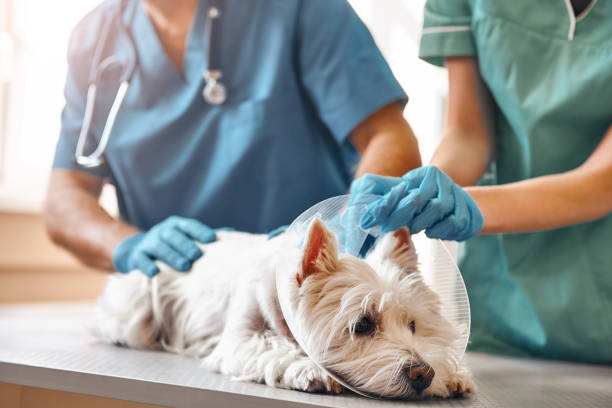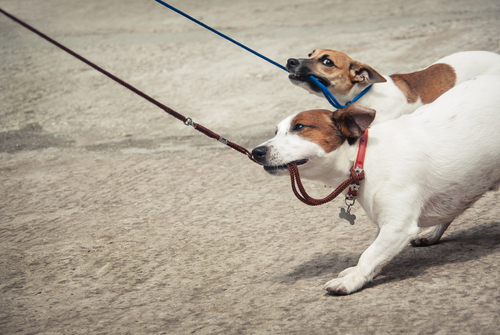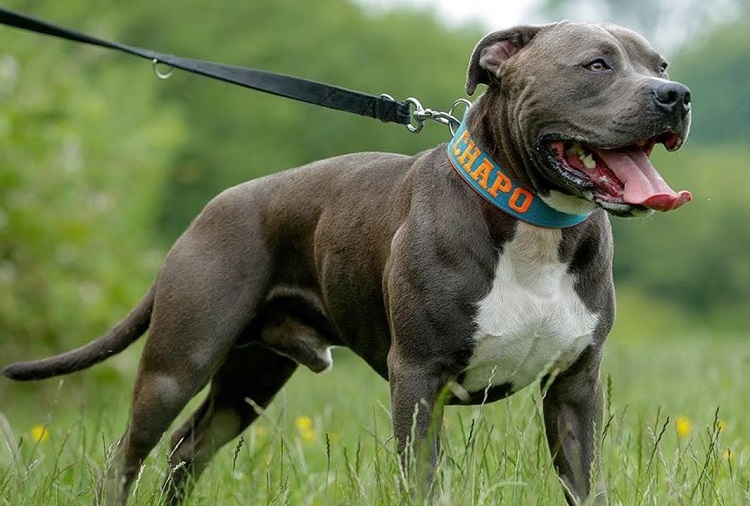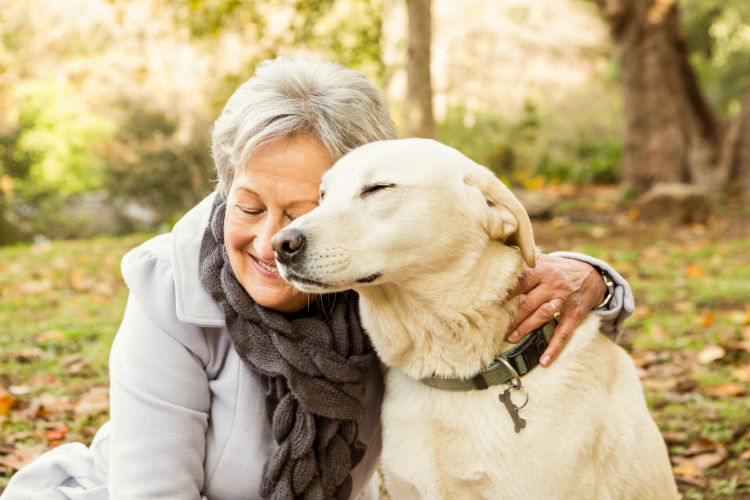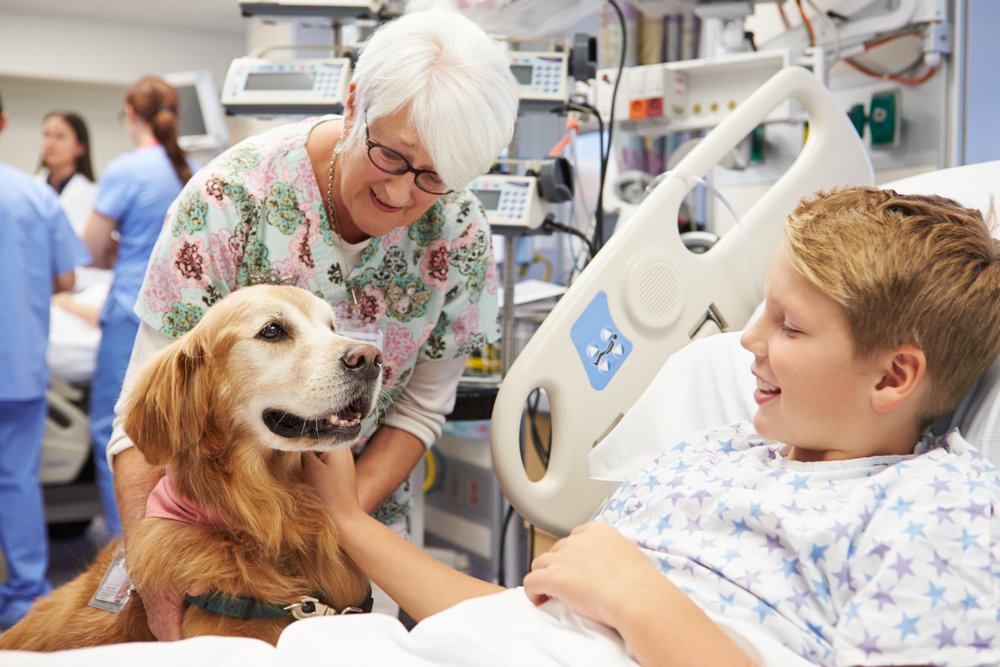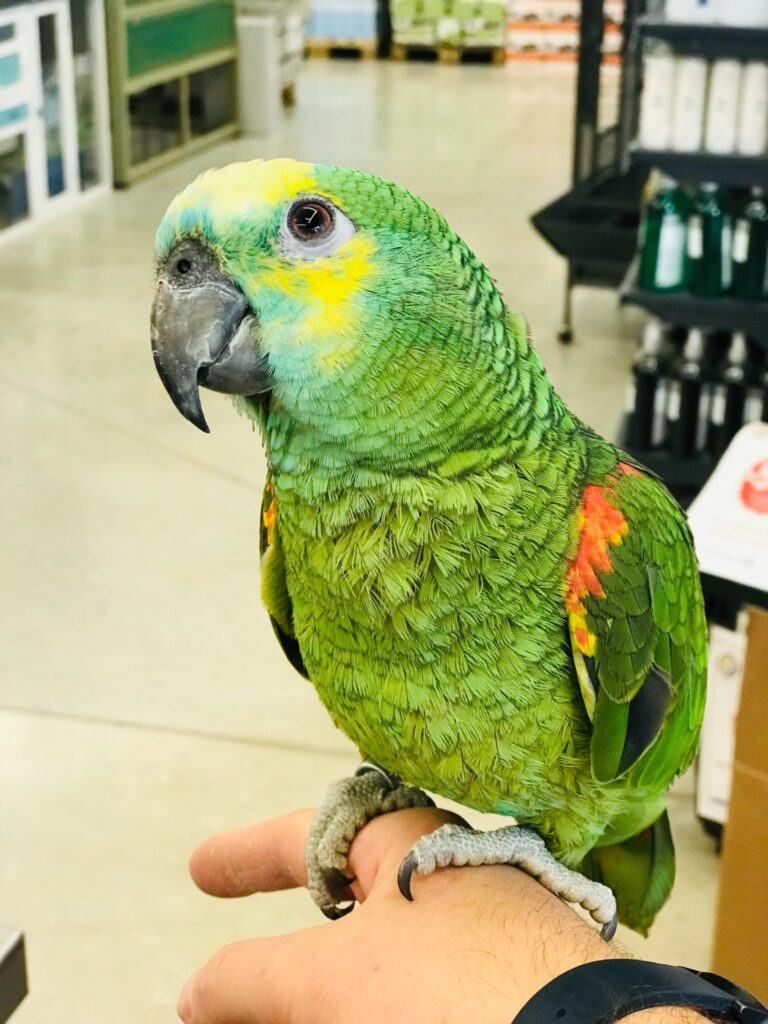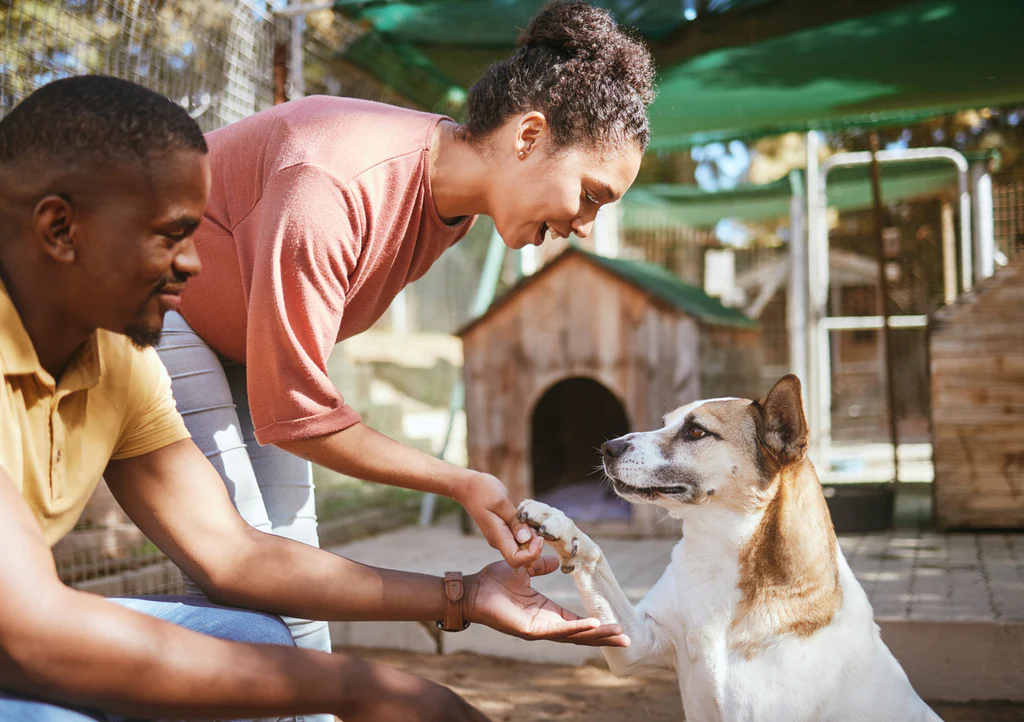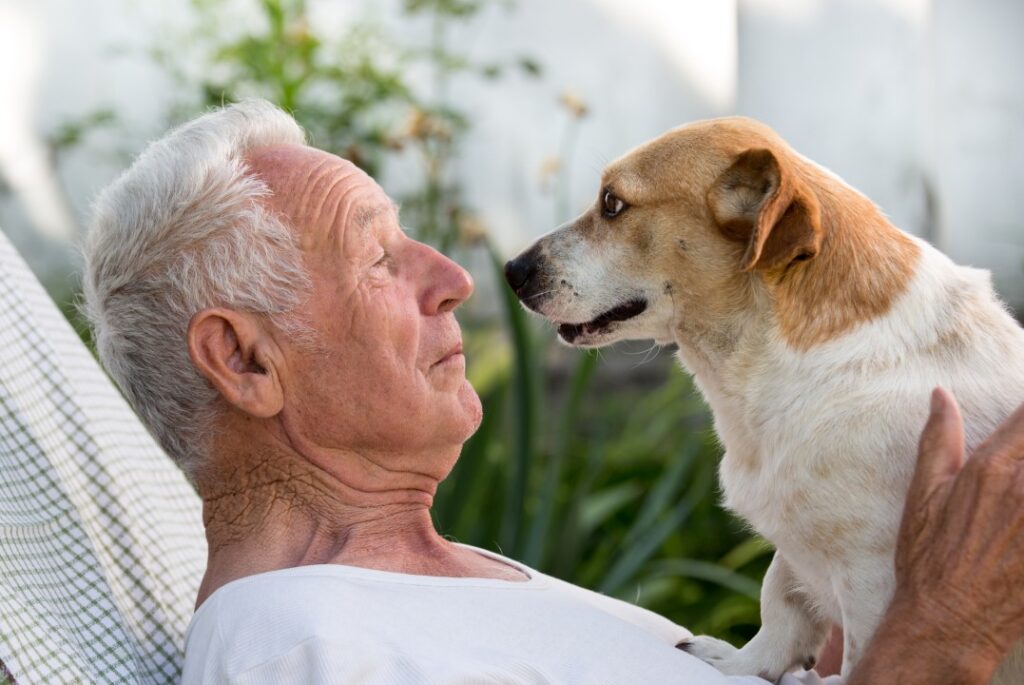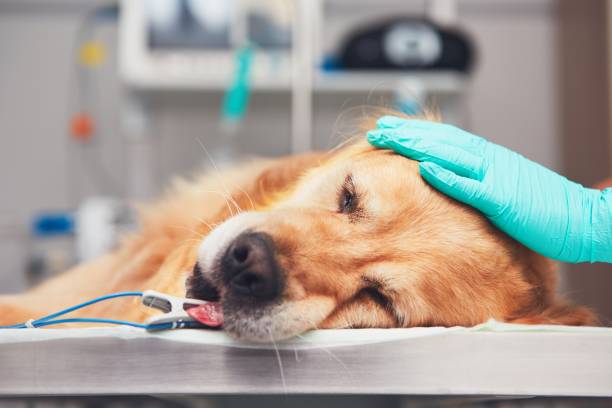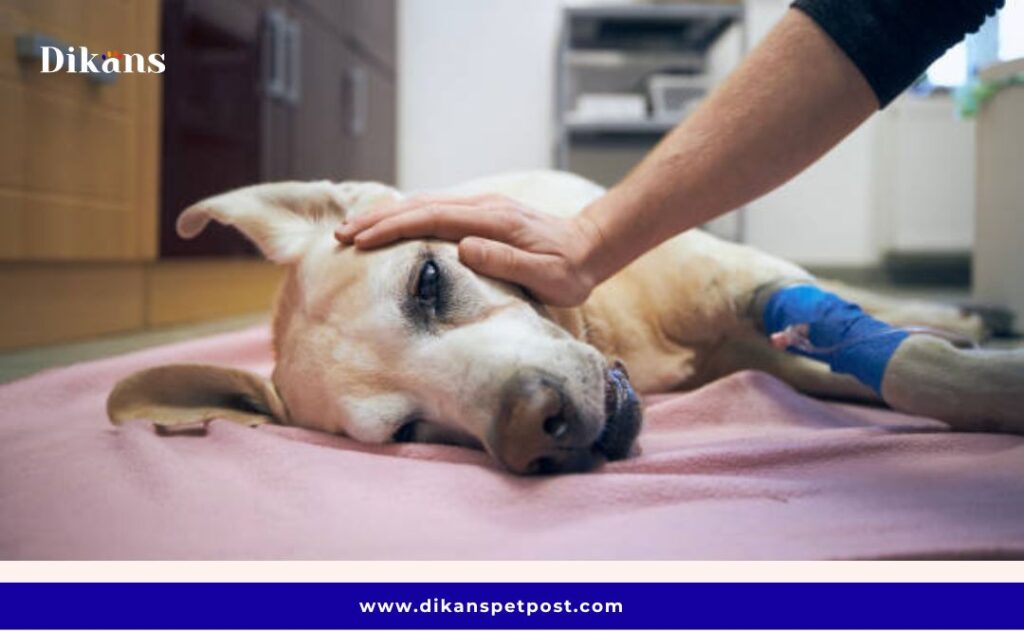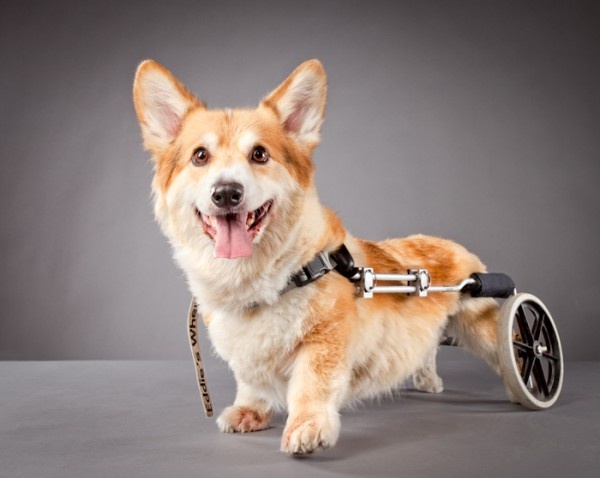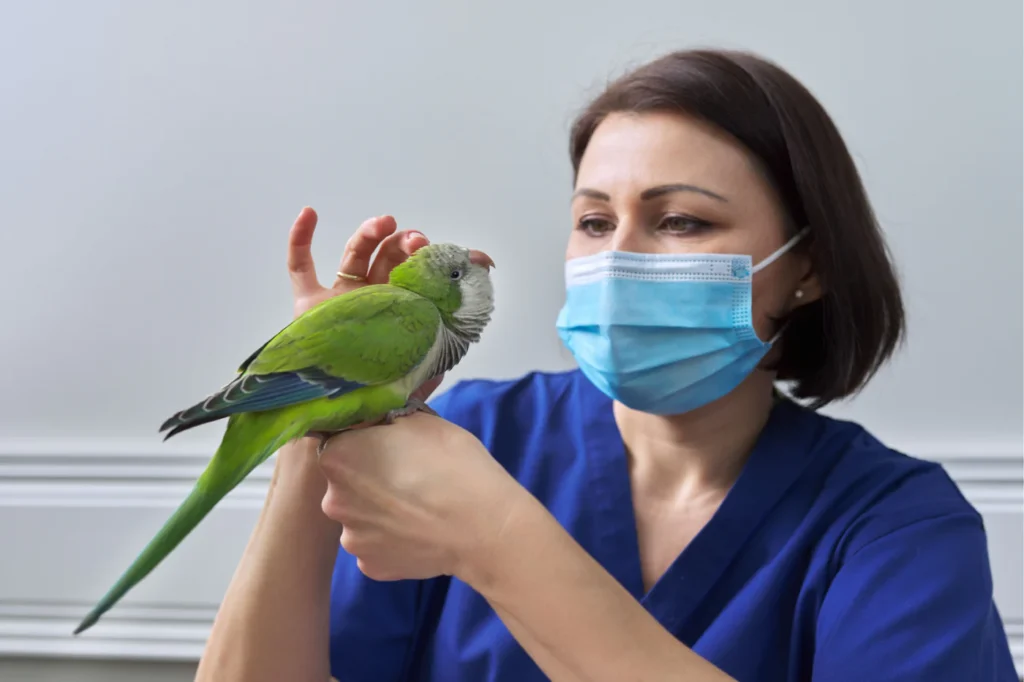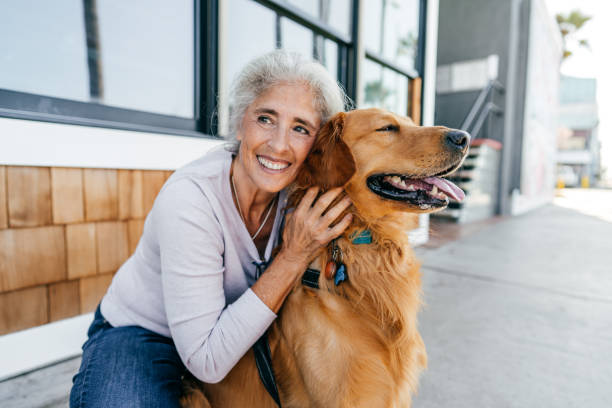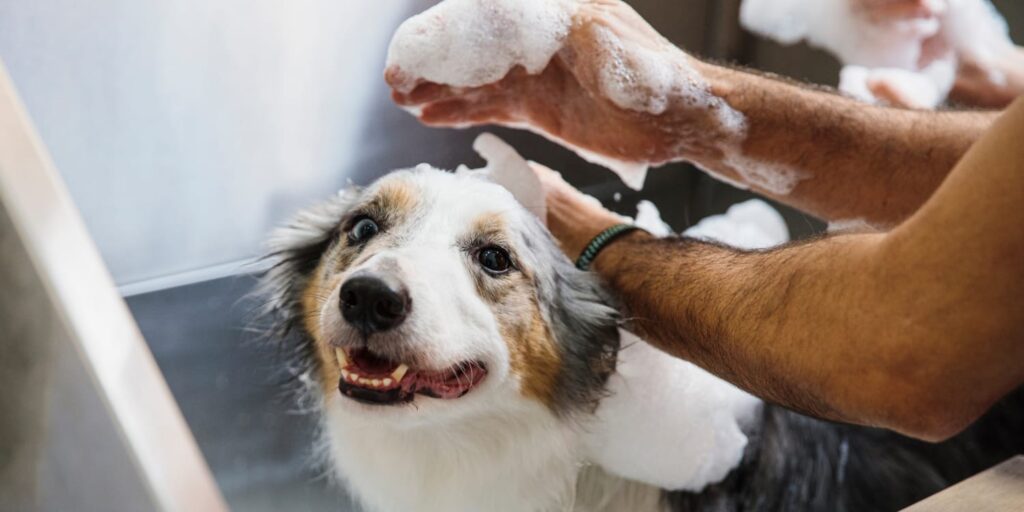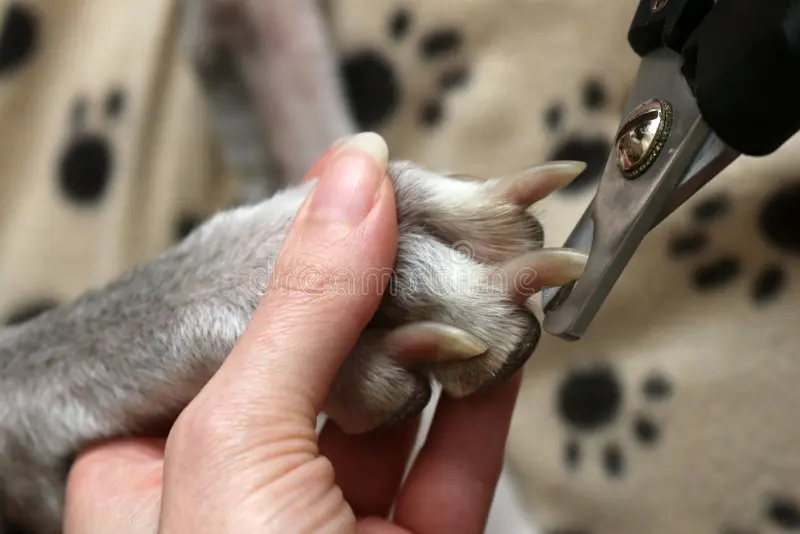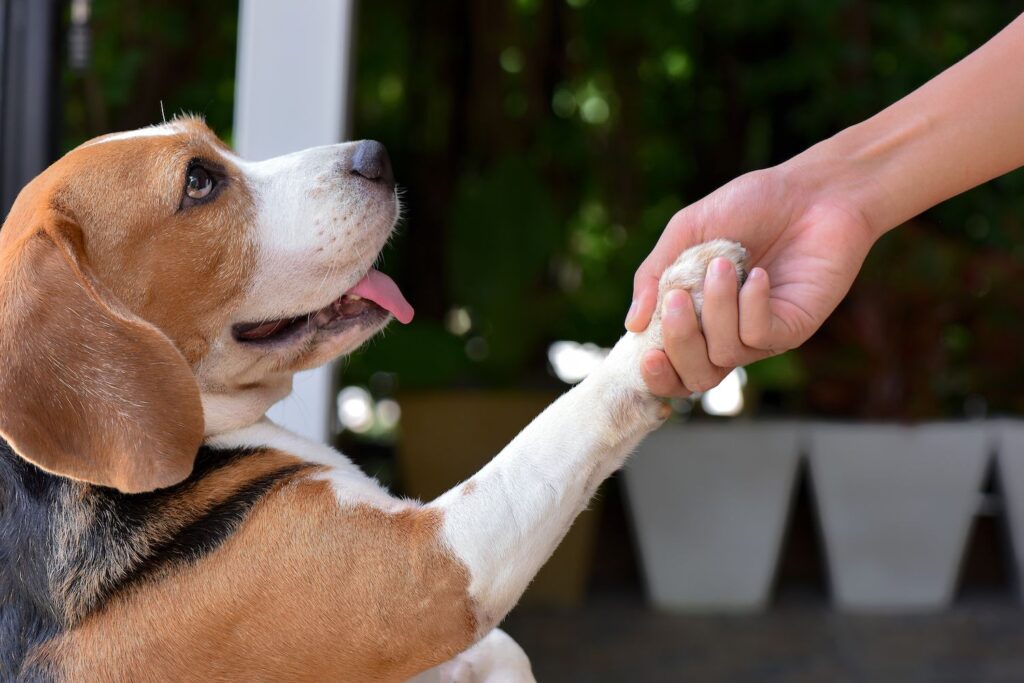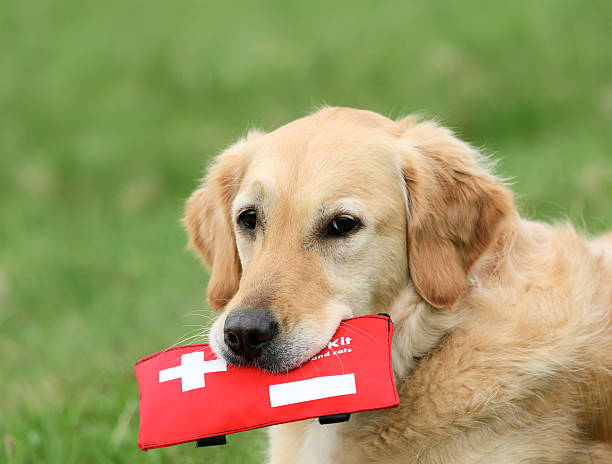Recognizing Signs of Aging in Pets: Amazing Facts Revealed!

As our beloved pets age, they may experience various physical and behavioral changes that require our attention and care. Recognizing the signs of aging in pets is crucial for providing them with the support and assistance they need to maintain their quality of life.
In this article, we’ll explore the common signs of aging in pets and discuss how to best manage their health and well-being as they grow older. Ready to dive in? Let’s go!
Understanding Signs of Aging in Pets
Factors Influencing Aging
Several factors influence the aging process in pets, affecting their overall health and well-being as they grow older. Genetics play a significant role, determining an animal’s predisposition to certain age-related conditions. Larger breeds of dogs, for instance, tend to age faster than smaller ones, leading to shorter lifespans and potential health issues like joint problems or heart disease.
Nutrition and diet also play a crucial role in pet aging. A balanced diet rich in essential nutrients supports healthy aging by maintaining proper organ function, promoting a strong immune system, and supporting muscle and joint health. Conversely, poor nutrition or overfeeding can contribute to obesity, diabetes, and other age-related ailments.
Environmental factors such as living conditions, exercise levels, and exposure to toxins can impact how pets age. Regular exercise helps maintain muscle tone, joint flexibility, and mental stimulation, contributing to a longer and healthier life. On the other hand, stressful environments or exposure to pollutants can accelerate aging processes and increase susceptibility to diseases.
Lastly, veterinary care and preventive measures significantly influence aging outcomes in pets. Regular wellness check-ups, vaccinations, dental care, and parasite prevention help detect early signs of health issues, manage chronic conditions, and promote overall longevity and quality of life in aging pets.
Common Signs of Aging in Pets
As pets age, they may exhibit a variety of physical and behavioral changes that signal the onset of aging. While these changes can vary depending on the individual pet, recognizing common signs of aging can help pet owners identify potential health issues and seek appropriate veterinary care.
Physical Signs of Aging in Pets
- Changes in Mobility and Activity Level
One of the most noticeable signs of aging in pets is a decline in mobility and activity level. Older pets may experience stiffness, joint pain, and difficulty moving around, especially after periods of rest or inactivity.
- Dental Issues and Oral Health
Dental problems such as periodontal disease, tooth decay, and gum inflammation are common in aging pets. Poor oral health can lead to pain, difficulty eating, and an increased risk of systemic health issues.
- Vision and Hearing Loss
Aging can also affect pets’ sensory abilities, leading to vision and hearing loss. Pets may show signs of disorientation, bumping into objects, or becoming startled easily in response to changes in their environment.
- Skin and Coat Changes
Changes in skin and coat quality are common as pets age. Older pets may develop dry, flaky skin, dull or brittle fur, and an increased susceptibility to skin infections or irritations.
- Weight Changes
Weight management becomes increasingly important as pets age. Some pets may experience weight gain due to decreased activity levels and changes in metabolism, while others may lose weight due to underlying health issues or dental problems.
Behavioral Signs of Aging in Pets
- Changes in Sleep Patterns
Aging pets may experience changes in their sleep patterns, including increased sleep duration, restlessness during sleep, or difficulty settling down at night. These changes can be indicative of pain, discomfort, or underlying health issues.
- Increased Anxiety or Irritability
Pets may become more anxious or irritable as they age, especially if they’re experiencing pain or discomfort. Changes in routine, environment, or family dynamics can also contribute to increased stress levels in aging pets.
- Cognitive Decline and Memory Loss
Aging can affect pets’ cognitive function, leading to memory loss, confusion, and disorientation. Pets may forget familiar routines, become easily disoriented in familiar surroundings, or exhibit repetitive behaviors.
- Changes in Appetite and Eating Habits
Changes in appetite and eating habits are common in aging pets. Some pets may experience a decrease in appetite due to dental issues, medication side effects, or underlying health conditions, while others may develop an increased appetite or changes in food preferences.
Managing Aging in Pets
- Regular Veterinary Check-ups
Regular veterinary check-ups are essential for monitoring the health and well-being of aging pets. Routine examinations allow veterinarians to detect and address age-related issues early, recommend appropriate preventive care, and adjust treatment plans as needed.
You might also like to read: Understanding Pet Insurance.
- Nutrition and Diet
A balanced and nutritious diet is essential for supporting the health and vitality of aging pets. Pet owners should choose high-quality pet foods formulated for senior pets, which are designed to meet their changing nutritional needs and support overall health.
- Exercise and Mental Stimulation
Regular exercise and mental stimulation are important for keeping aging pets physically and mentally active. Engaging in low-impact activities such as walks, gentle play sessions, and puzzle toys can help keep pets mentally sharp and physically fit as they age.
- Comfort and Environmental Modifications
Making adjustments to the home environment can help accommodate the changing needs of aging pets. Providing comfortable bedding, easy access to food and water, and non-slip surfaces can improve mobility and enhance overall comfort for aging pets.
- Quality of Life Considerations:
As pets age, discussions about end-of-life care, pain management, and palliative care options become important to ensure their well-being and comfort.
Conclusion on Recognizing Signs of Aging in Pets
Recognizing the signs of aging in pets is the first step toward providing them with the care and support they need to live happy and healthy lives as they grow older.
By staying vigilant and proactive, pet owners can address aging-related challenges effectively, maintain their pets’ quality of life, and cherish their companionship for as long as possible.
Did you learn a thing or two? I hope this was a good read! If you have something to add, please leave it in the comment section below!
FAQ
Wha are the signs of aging in dogs?
Signs of aging in dogs include decreased activity levels, stiff joints or arthritis, changes in appetite or weight, dental issues, vision or hearing loss, cognitive decline, and increased susceptibility to illnesses. Regular vet check-ups can help manage these age-related changes and ensure a comfortable senior phase for dogs.
At what age dogs start getting old?
Well, for the small pups, it's around 11-12 years. The medium-sized ones hit that senior status at about 10 years, while the larger ones get there by 8 years. And those giant breeds? They're considered seniors at around 7 years old!
When can I euthanize an old dog?
Deciding when to euthanize an old dog is a deeply personal and emotional decision. It's typically based on factors like their quality of life, pain levels, and overall well-being. Consult with your veterinarian to assess your dog's condition and discuss options and considerations. They can provide guidance based on their medical expertise and your pet's individual circumstances. It's essential to prioritize your dog's comfort and dignity during this difficult time.




